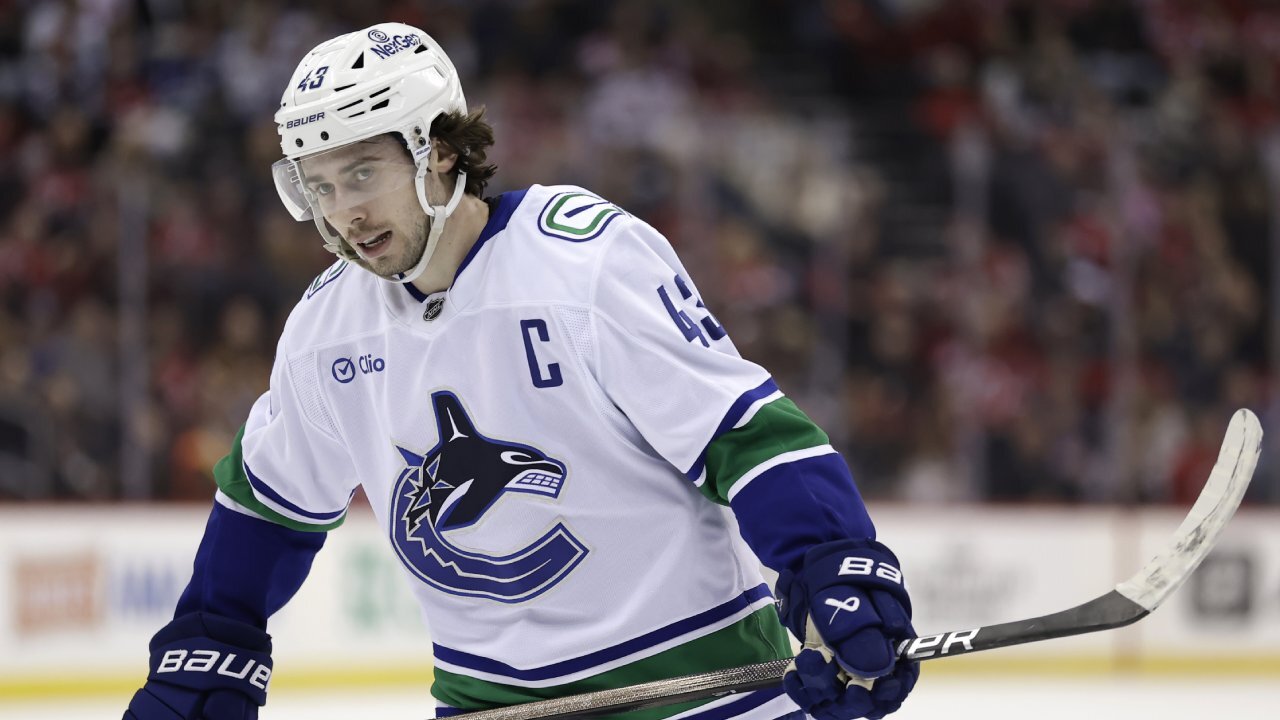COVID-19 winter surge predicted for B.C. by data crunchers who say masks are working
Posted October 22, 2020 6:15 am.
Last Updated October 22, 2020 10:20 am.
VANCOUVER (NEWS 1130) – The spread of COVID-19 is worse than ever before in B.C. as we enter the second wave of the disease.
Now, a model from the Institute for Health Metrics and Evaluation at the University of Washington shows deaths could climb to 634 by Feb. 1, 2021.
On Wednesday, Provincial Health Officer Dr. Bonnie Henry announced B.C. had shattered its previous record of 174 daily cases of COVID-19 — marked just days earlier — reporting 203 infections.
Wednesday’s count marked the third record in just five days.
Dr. Andrew Morris, an infectious disease expert, says the trajectories line up with what he is predicting.
“The modelling information doesn’t change much for me dramatically,” he tells NEWS 1130. “What B.C. is currently experiencing is similar to what we’re seeing in pretty well every jurisdiction with a similar approach around the world, which is that the second wave really comes on with a vengeance.”
The most recent daily tally is a reminder of how easily things can get out of control and the IHME’s data crunching is driving that home.
It shows our current daily case counts doubling by New Years Day, and quadrupling by Feb. 1 to 800.
BC has set a new record for COVID-19 cases in 3 of last 5 days. We look at data modeling from @IHME_UW showing that number double by New Year's Day and quadruple by Feb. 1. The very same model predicts universal mask adaptation in BC would drop daily cases to 44 by February. pic.twitter.com/Xrl7HregFI
— Ash Kelly she/her (settler) (@AshDKelly) October 22, 2020
Included in these projections are cases of COVID-19 that go undetected and untested if we don’t change our current trajectory.
“The mental health effects and the economic effects of trying to avoid transmission in the winter are just that much greater than they are in the summer and in the spring,” Morris adds.
The group says it believes British Columbia will see another spike in November and December, blaming cold weather and the seasonality of the virus.
“In the Southern Hemisphere, the rate of transmission for COVID-19 accelerated during the fall and winter months despite lockdowns in many countries,” says the group’s website.
“These trends stand in stark contrast to the Northern Hemisphere, where the rate of transmission fell during the spring and summer months, and lockdowns were much more effective at lowering transmission. In addition, scientific studies have documented seasonal patterns for other coronaviruses. Most infectious respiratory diseases have a seasonal pattern.”
The work shows at least one potential way to stomp the curve once again, predicting a universal mask mandate would halve the number of potential deaths, and significantly reduce viral spread.
The COVID-19 data modelling from @IHME_UW also predicts hospital and healthcare impacts (that’s how the team got started on COVID modelling back in the spring). More on @NEWS1130 pic.twitter.com/U1KpyoqKI3
— Ash ‘I work from home now’ Kelly (@AshDKelly) October 22, 2020
On Monday, Henry announced the second wave of the COVID-19 pandemic had officially begun in B.C. She had held back from making that declaration earlier this month, saying B.C. was flattening the pandemic curve, saying the high number of daily cases the province had been reporting was a surge or a storm.
“One can say that we are in our second wave here of our COVID-19 storm in B.C., but we have control over what that wave looks like,” she said at her briefing Monday. “This virus has not gone away. And it has shown us that it is now quite able to hide and spread in our communities around the province.”
Many of the recent community clusters and new cases reported are directly connected to weddings, funerals, or celebrations of life, ‘times when we traditionally gather with family and friends,’ Henry added.
The recovery rate in B.C. is 82 per cent.
-With files from Mike Hall








